Traditional methods of retrieving calls
Although some contact centres still record calls onto tapes or CDs that are not integrated in any way with their servers, the majority of contact centres – whether they own their own technology or use a hosted technology platform – now typically record calls onto network-attached storage (NAS) systems or a storage area network (SAN).
The former is essentially a single block of hard disk storage that connects to the IT network, allowing authorised individuals to access data such as digital call recordings that are kept in that storage device in formats such as .wav files.
The latter is meantime a platform that attaches a number of separate storage devices to the operating system. These distinct storage devices might be tape libraries or optical jukeboxes – robotic data storage devices that can automatically load and unload call recordings held on CD or DVD. They might also be separate storage platforms containing digital call recordings such as .wav files.
Where a contact centre records everything to tape or CD without any network integration, it becomes very difficult and time consuming to retrieve calls as authorised personnel will typically have to play through the whole disc or tape to find the appropriate recording.
Where calls are recorded digitally and are integrated to the private branch exchange (PBX) or computer telephony integration (CTI) server and customer relationship management (CRM) system, they can be retrieved more easily because the server will capture certain associated data – or metadata – that can then be ‘tagged’ to the call. This metadata might typically be the date, time, call duration, agent extension number, caller line identity (CLI) and/or dialled number.
Using this metadata, most authorised contact centre personnel can access call recordings fairly swiftly – assuming those individuals know what they’re looking for.
Challenges associated with retrieval
Even when a call is recorded digitally, it may also be difficult to retrieve if the metadata attached to it is not particularly robust. For example, if calls are only tagged by date, time and call duration, it can be time consuming to find a specific call. The problem becomes more acute if the contact centre is a multi-site operation where tens or hundreds of agents might be recorded at the same time on a given day.
In addition, retrieval can become difficult if the contact centre wishes to identify reasons for specific calls. Although a single interaction that is being disputed by a customer might be easily recovered if that customer’s CLI and the agent name and extension number has been captured as metadata, it is not so simple to uncover the reason why several callers have rung to complain in a single day – for example, because of a faulty product. This is because it isn’t feasible to tag all call recordings with infinite metadata to categorise every aspect of the call using integration alone.
Steps to overcoming these challenges
1) The first step to overcoming problems associated with call recordings is to ensure the system is integrated into the PBX or CTI server and CRM platform as this will provide more call information, so making it easier to retrieve calls. The cost of NAS and SAN systems has dropped considerably over the past decade, making this kind of integration relatively cost-effective.
2) Once their systems are integrated, organisations can look to attach more valuable metadata to their calls. For compliance or dispute resolution purposes, a good starting point is to tag customer reference numbers as well as customer CLIs as this will help contact centres retrieve calls relating to specific enquiries. If contact centres plan to use call recordings for quality and/or training purposes, they might also want to tag things like call outcome – for example, ‘sale’ or ‘complaint’ – as this will help them to retrieve calls they wouldn’t easily be able to pinpoint through CLI, agent extension number, and time and date alone.
3) The implementation of speech analytics technology can also be extremely useful in call recording retrieval as it can go much further than tagging achieved through systems integration alone. This is because speech analytics can create infinite tags, identifying and instantaneously retrieving calls by specific words or phrases such as the name of a competitor or statements like: “I am not happy with the service you’re providing”. Moreover, speech analytics will take authorised personnel directly to the point of the call where that word or phrase is mentioned, preventing them from having to search through the whole call for the information they need to find.
Contributors
- Business Systems (UK)
- NewVoiceMedia
- Sabio
- Verint
Author: Jonty Pearce
Published On: 8th Apr 2010 - Last modified: 4th Jan 2023
Read more about - Technology, Business Systems, Sabio, Vonage





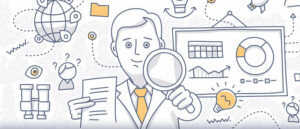

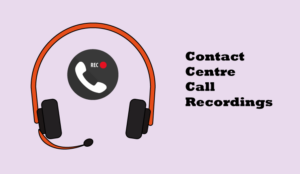

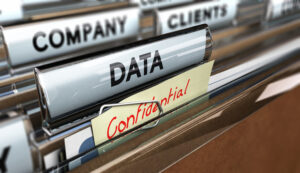


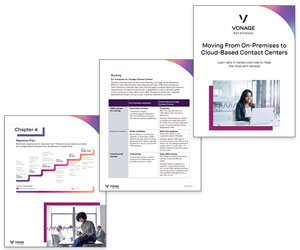
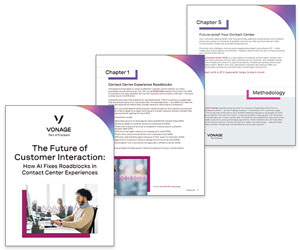
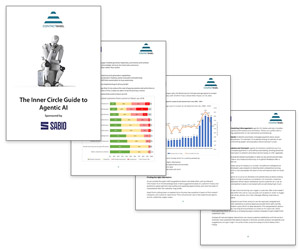





I want my all call recordings